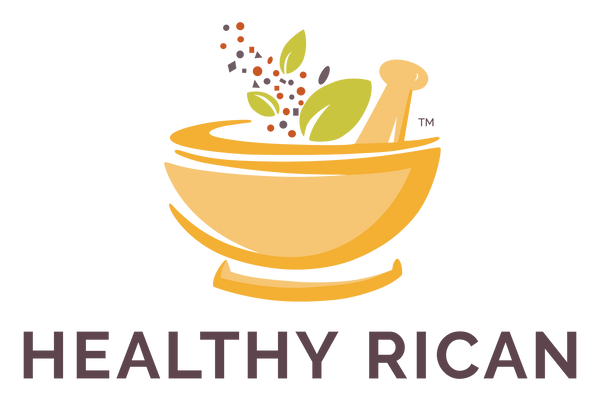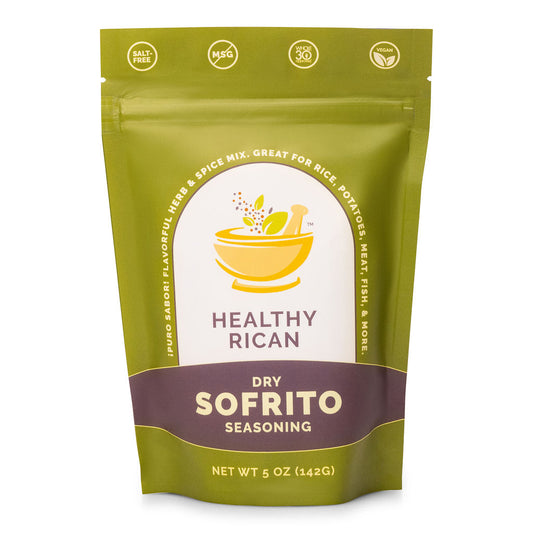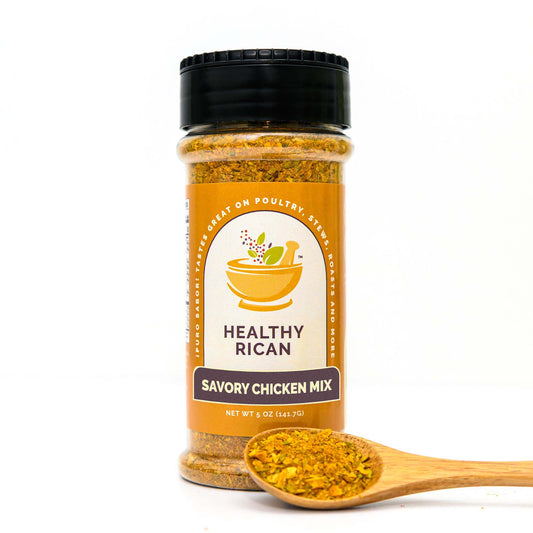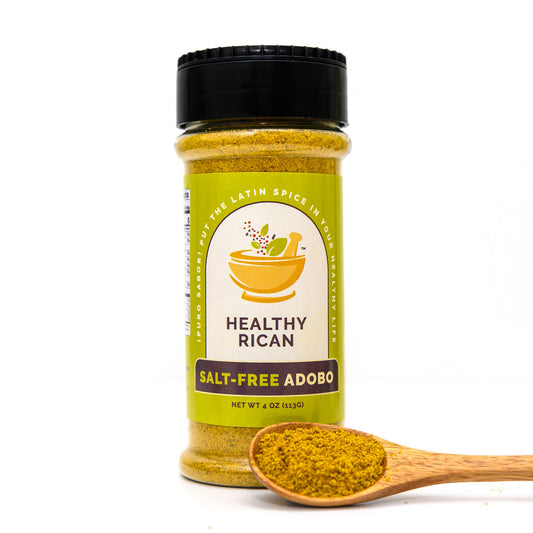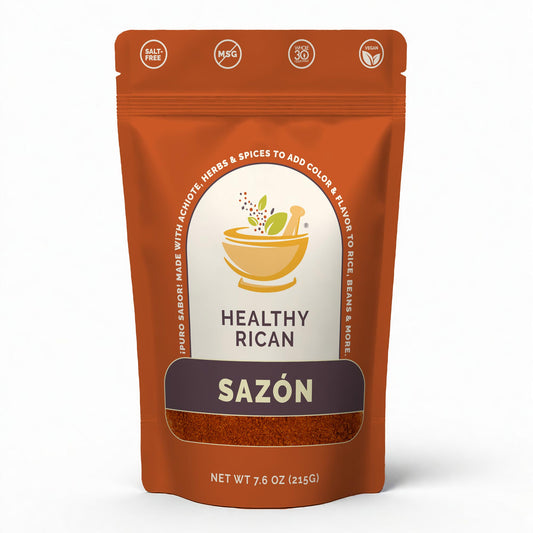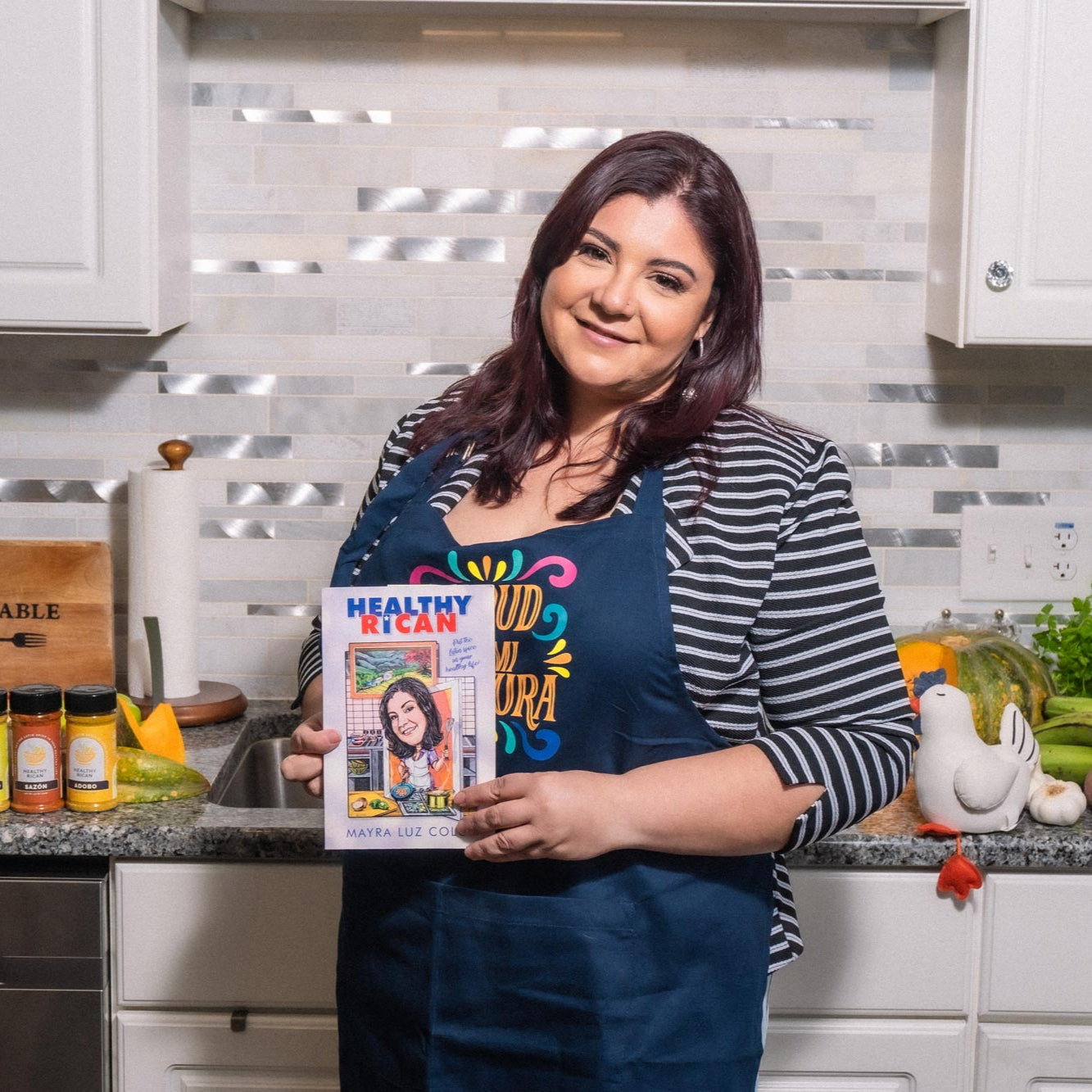Latin and Caribbean cuisine is a vibrant, diverse, and flavorful tapestry woven from centuries of cultural influences. From indigenous traditions to the arrival of European colonizers and the subsequent blending of African, Asian, and Middle Eastern flavors, the culinary heritage of this region is a testament to its rich history. In this article, we will embark on a journey through time, exploring the roots, evolution, and distinct characteristics of Latin and Caribbean cuisine.
1. Indigenous Roots
The history of Latin and Caribbean cuisine can be traced back to the indigenous people who inhabited the region long before the arrival of Europeans. Native ingredients such as corn, beans, chili peppers, tomatoes, and cocoa were staples in their diets. The indigenous cooking techniques, such as grilling, roasting, and steaming, continue to influence the culinary practices of the region.
2. The European Influence
With the arrival of European colonizers, Latin and Caribbean cuisine underwent a significant transformation. Spanish, Portuguese, French, and British settlers brought with them ingredients like rice, wheat, sugarcane, citrus fruits, and livestock. They also introduced European cooking techniques, such as frying and baking, which blended with the existing indigenous traditions to create new culinary styles.
3. African Influence
The transatlantic slave trade brought millions of Africans to the Caribbean and Latin America, leaving an indelible mark on the region’s cuisine. African slaves brought their culinary knowledge, including the use of spices, tropical fruits, yams, okra, and plantains. Their influence can be seen in dishes like jerk chicken, gumbo, and callaloo.
4. Asian and Middle Eastern Influences
During the colonial era, Asian and Middle Eastern immigrants, including Chinese, Indian, Lebanese, and Syrian communities, settled in the region. They brought their unique flavors, spices, and cooking techniques, which further enriched Latin and Caribbean cuisine. Fusion dishes like arroz chaufa (Peruvian-Chinese fried rice) and curry goat reflect these cultural exchanges.
5. Fusion and Modern Evolution
As Latin and Caribbean cuisine evolved, it became a dynamic fusion of various culinary traditions. Today, chefs and home cooks alike are reimagining traditional dishes, incorporating modern techniques and global influences. This fusion results in innovative creations that honor the past while embracing the present.
The history of Latin and Caribbean cuisine is a testament to the region’s cultural diversity and the resilience of its people. From indigenous roots to European colonization, African influences, and the contributions of Asian and Middle Eastern communities, the culinary traditions of this region continue to captivate and tantalize taste buds worldwide. As we celebrate the rich tapestry of Latin and Caribbean cuisine, let us savor the flavors and appreciate the stories behind each dish, for they carry within them the essence of a vibrant and ever-evolving cultural heritage.
Here are some typical dishes that showcase the rich tapestry of flavors:

1. Arroz con Pollo (Chicken with Rice)
This dish combines Spanish and indigenous influences. It features seasoned chicken cooked with rice, vegetables, and spices such as saffron. The use of rice and spices reflects the Spanish colonization, while the cooking method and ingredients like peppers and tomatoes highlight indigenous roots.
2. Mofongo
Originating from Puerto Rico, mofongo is a dish made from mashed plantains combined with garlic, pork cracklings (chicharrones), and broth. It is influenced by African cooking techniques and the use of plantains, a staple ingredient in Caribbean cuisine.
3. Feijoada
Feijoada is a hearty Brazilian stew made with black beans and various cuts of pork like sausages, bacon, and pork ribs. This dish has its roots in Portuguese cuisine but has evolved in Brazil to incorporate local ingredients and techniques.
4. Ropa Vieja
Ropa Vieja, meaning “old clothes” in Spanish, is a Cuban dish made with shredded beef cooked in a tomato-based sauce with onions, peppers, and spices. It is believed to have been brought to the Caribbean by Spanish sailors and is influenced by Spanish flavors and cooking methods. (Recipe coming soon)
5. Jerk Chicken
Jerk chicken is a spicy and flavorful dish originating from Jamaica. It involves marinating chicken in a mixture of spices, including allspice, Scotch bonnet peppers, thyme, garlic, and ginger. This technique and combination of flavors were influenced by African and indigenous traditions.
6. Pupusas
Pupusas are a traditional Salvadoran dish made of thick corn tortillas stuffed with various fillings like cheese, beans, and meat. This dish reflects the indigenous roots of Mesoamerica, where corn was a staple food, while also incorporating Spanish influence through the use of cheese and other ingredients.
7. Ceviche
Ceviche is a popular dish found throughout Latin America, particularly in coastal regions. It typically consists of raw fish or seafood marinated in citrus juices, such as lime or lemon, and mixed with onions, peppers, and herbs. This dish showcases the blending of indigenous and Spanish flavors and techniques.
These are just a few examples of the many dishes that exemplify the historical, colonial, and evolutionary influences on Latin and Caribbean cuisine. Each dish tells a story of cultural exchange, adaptation, and the creativity of the people who have shaped these vibrant culinary traditions. Below is our recipe of Mofongo to get you started in this culinary experience.
